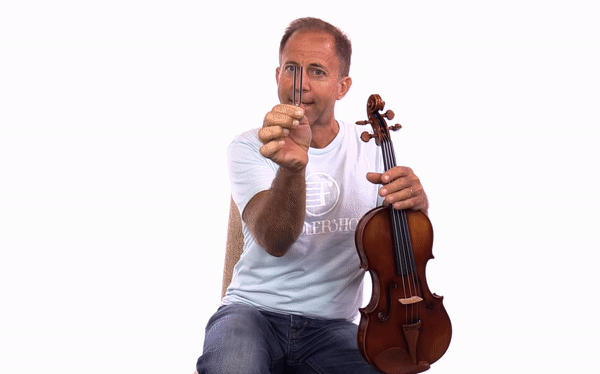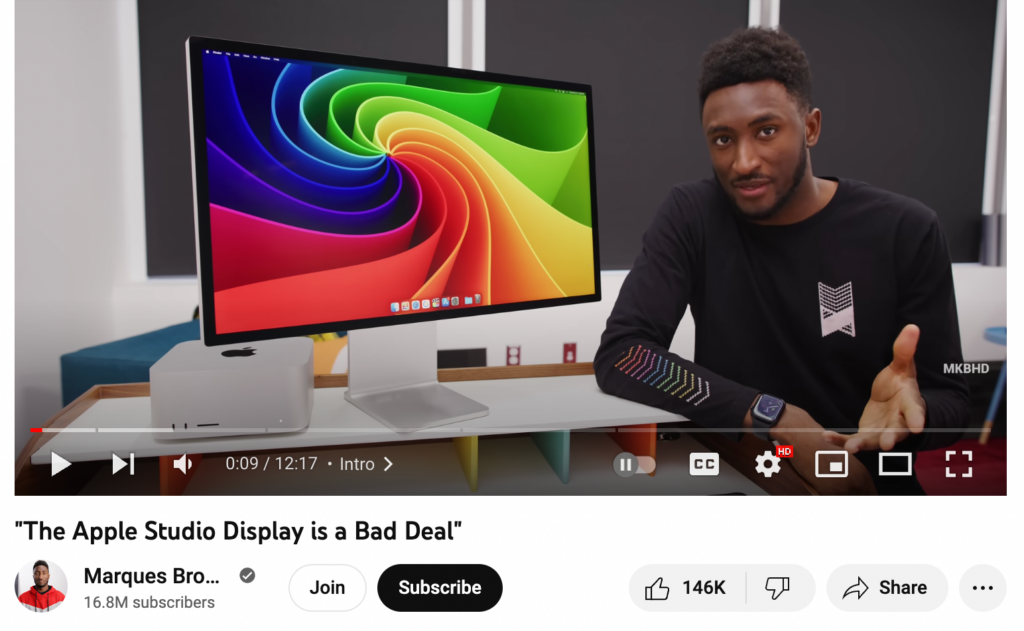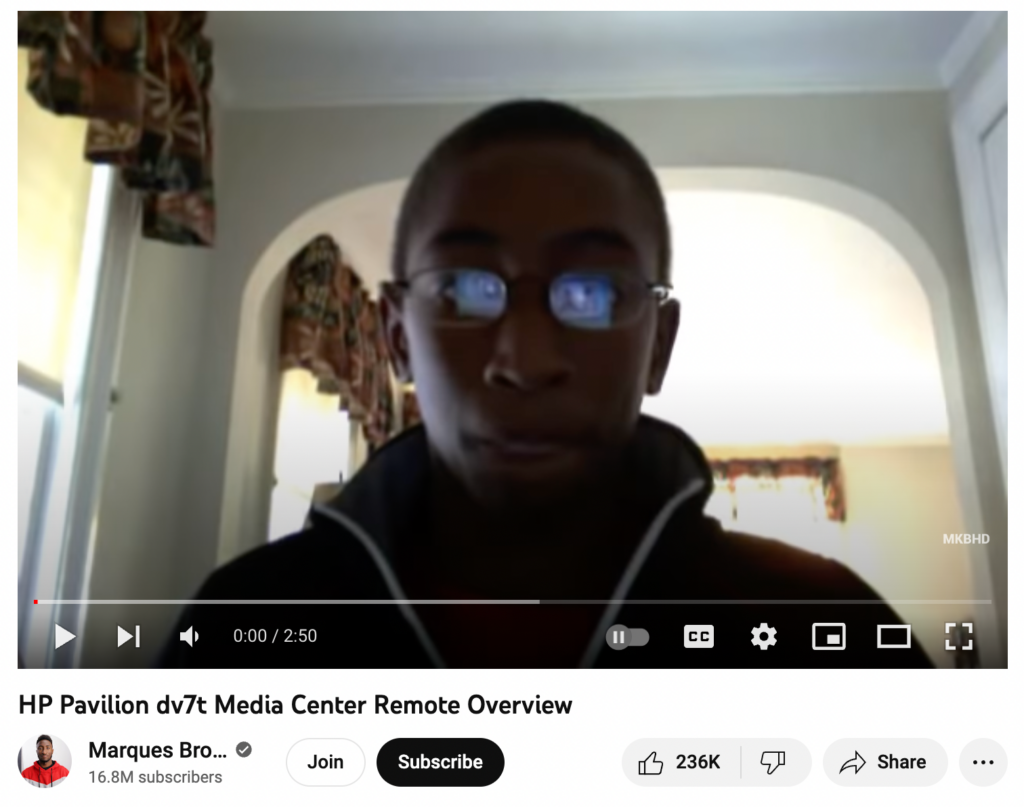
Tuning forks produce ethereal, harmonically pure musical tones. Musicians use them to tune their instruments. The crystal clear, frequency-perfect note vibration is a precursor to a violinist or cellist producing a dazzling piece of music.
But what comes before that gorgeous, sustained ringing of the tuning fork?
A big, dumb collision.
A gesture devoid of nuance or subtlety.
The way you get a tuning fork to produce something beautiful is to bang it against another object.

Collisions are the First Step to Resonance
The same principle goes for us. Whether you have a project idea for your boss, an essay intended to reach a wider audience, or a text inviting an attractive person out for coffee, we want these overtures to be received positively. If these things resonate, we win: our boss supports our idea, the essay brings us the respect and admiration of our peers, and the coffee date leads to a dinner date.
Yet for many of us, this rarely happens because we have a pre-ordained idea in our heads of how this process should unfold. It should go smoothly, following a timeline and path that “makes sense” to us.
But if we want to do [x] and we’ve never done [x] before, our mental picture of what doing [x] looks like is all wrong. Take entrepreneurship. I’ve started four companies. The first two I built according to what I imagined as the platonic idea of how a company should grow, informed by business books, Harvard Business Review articles, and what “seemed right.” My team and I carefully crafted growth plans
The second two companies involved none of that. They were exercises in “building the plane while flying it” and as much as I learned to give CEO-style talking points about our vision to investors and big customers, we were making it up as we went.
Guess which two failed and which two succeeded?
The First Attempt Isn’t the Final Attempt
Let’s consider other examples of inelegant, ugly first tries that did not look beautiful in early iterations.
Here’s the Apple 1:

Here’s what Netflix launched to the world:

If you haven’t heard of Youtube star MKBHD, here’s a screenshot from one of his recent videos. Now that he dominates Youtube, he’s a handsome, smooth millionaire:

Here’s a screenshot from his very first video:

We all start somewhere. So it’s less important that you produce something beautiful and more important that you produce something.
Nobody Cares (and That’s a Good Thing)
(Hopefully) your friends and family care about you as a person. But they probably don’t care about your work. Remember my first two companies? My best friends of the last twenty years can’t even name them. They, like everyone else, only remember the winners. I started an indie band that played for six years. If my dad was offered a million dollars to recall the band name, I assure you his bank account balance is not budging.
This does not mean I have bad friends or that my dad doesn’t love me. This just means that people are too busy with their own lives. And this is why you can afford to put work you’re not 100% happy with out into the world. Remember MKBHD’s first video I referenced above? He hasn’t even taken it off Youtube. Because it doesn’t matter. It was a first step.
Make Collisions
Before you can produce something beautiful that resonates, you just might need a thoughtless, uncaring act to get things started. That act—getting your ideas to collide with reality (a potential audience, social media, the object of your affections)—is a million times more important than a beautiful notion that never leaves your head.
Takeaway: if you’re making something and you want it to resonate with others, avoid the trap of trying to make it look beautiful in the early stages. What’s far more important is that others see it, interact with it, and use it.
Thanks to: Wes Melville, Ishan Shanavas, James Tippins
I teach people to make videos that get customers. Our version of creating collisions is hitting record on your phone before getting a microphone and lighting setup. If you want to learn camera confidence, fundamentals of video production, and on camera storytelling, join my newsletter.
